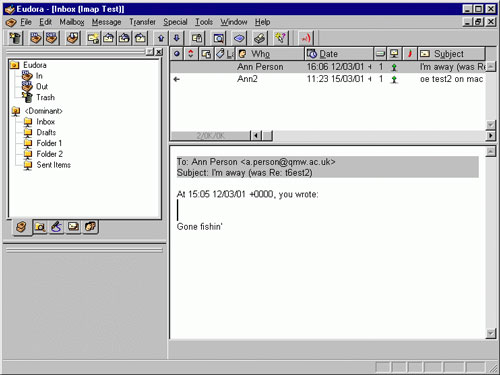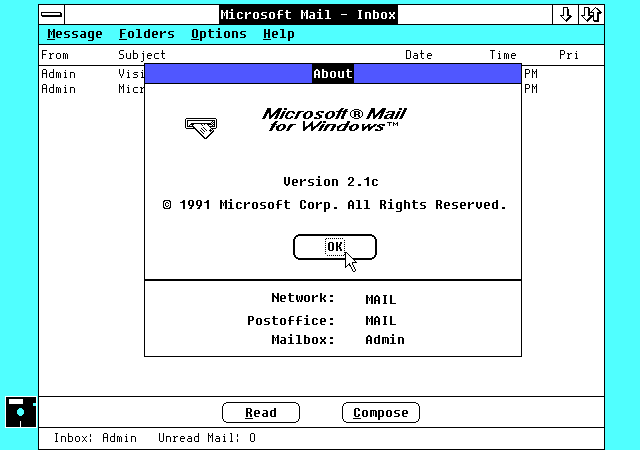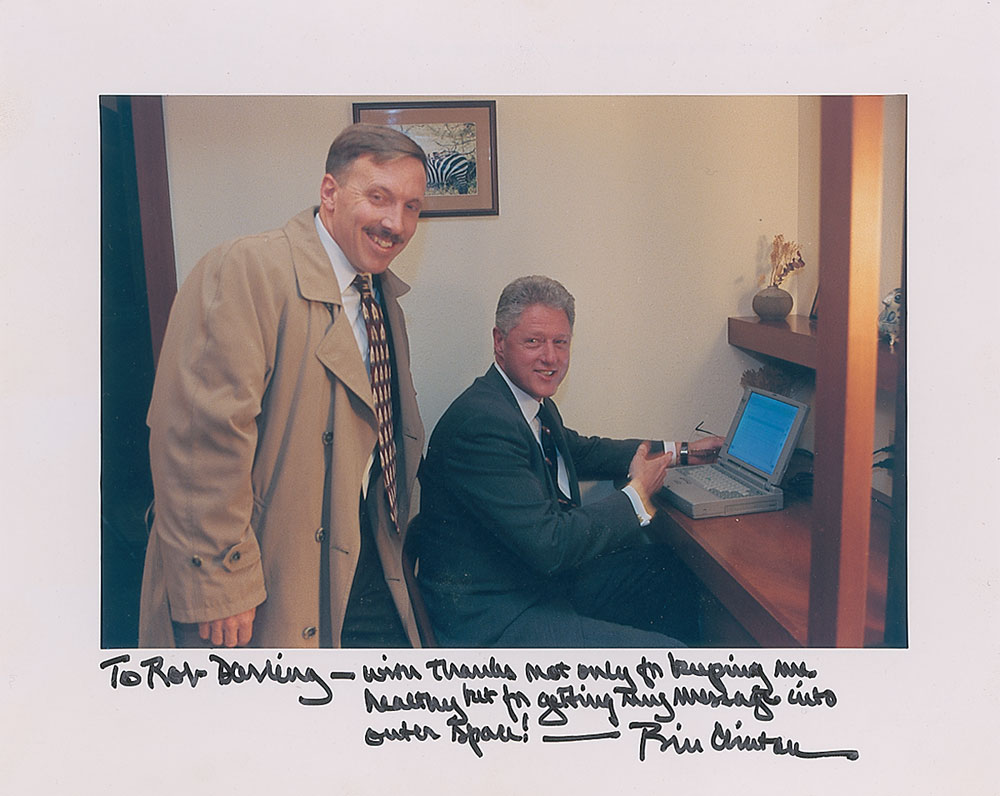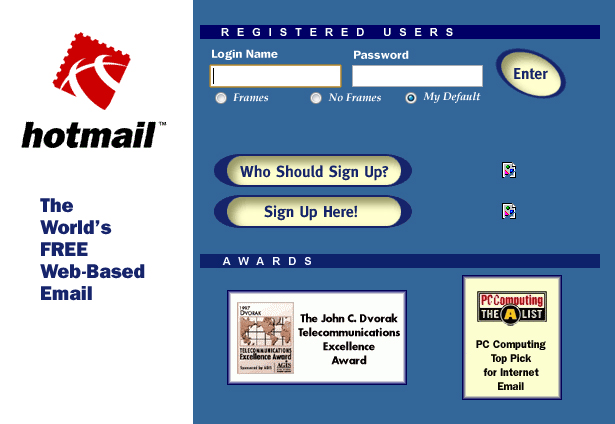History and Timeline of Email
Electronic mail is much older than ARPANET or the Internet. It was never invented; it evolved from very simple beginnings. Going through the history of email has several benefits. First of all, email is one of the popular and longest standing creations of the internet. There are around 3.8 billion email users today and around 293 billion emails gets sent every day globally. There were several attempts to “kill” email. However, the celebrated email alternatives either died down or just didn’t replace email. Despite all the challenges, email still goes strong and is the preferred business communication medium.
Early email was just a small advance on what we know these days as a file directory - it just put a message in another user's directory in a spot where they could see it when they logged in. As simple as that. Just like leaving a note on someone's desk.
Electronic mail on individual computers had been in existence for nearly a decade before 1971. This form of communication, referred to as "intra-computer email" allowed user communities on solitary, time-shared computers to trade messages with one another. Intra-computer email did not proliferate over any kind of network; it was limited to serving the user population of a single machine. Intra-computer email was "popular among those who were regular time-shared computer users.
The email as we know today, had it humble beginning when there was an effort to send messages across the ARPANET network. Let us start from that point - from the beginnings of network email.


























